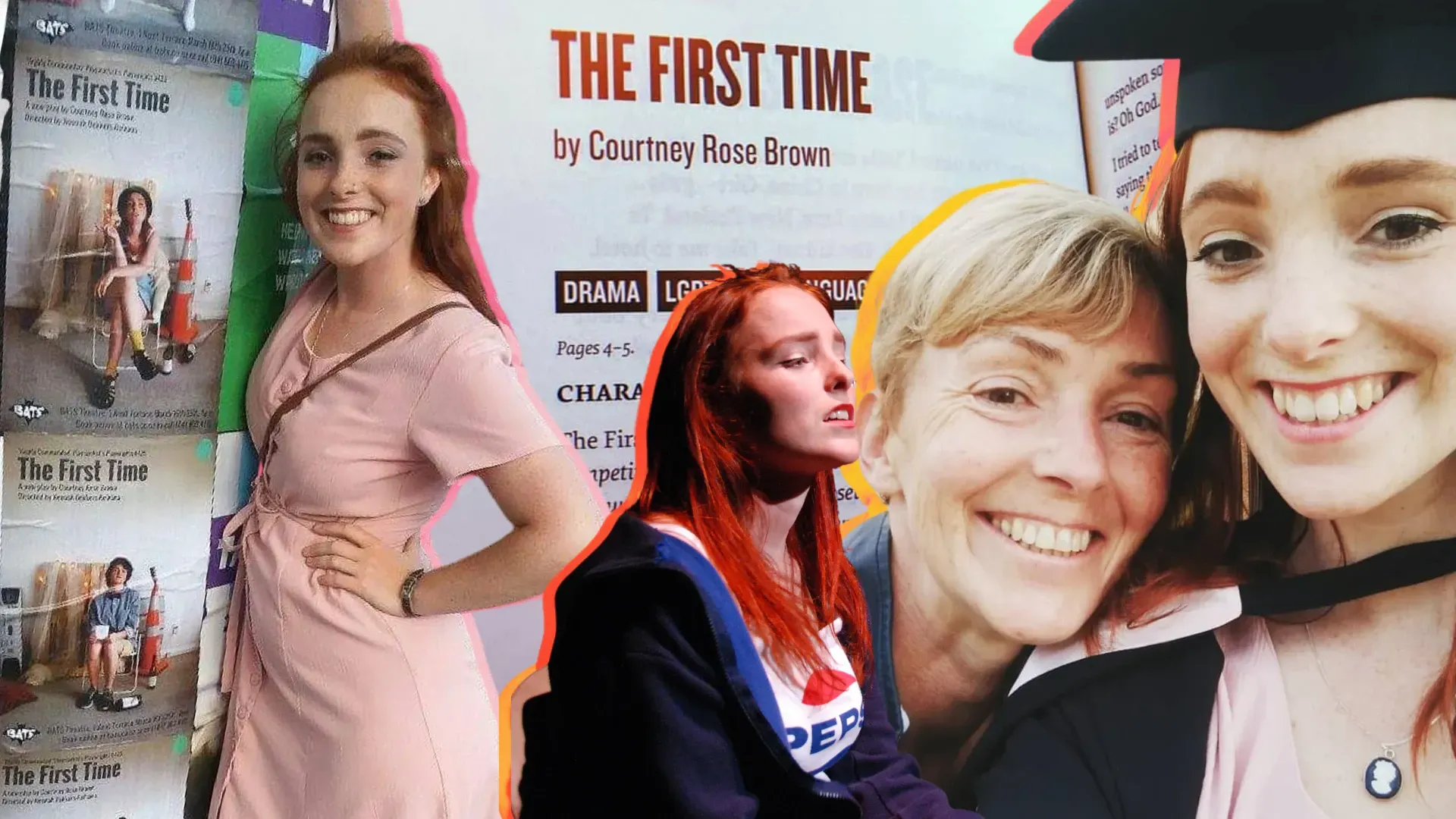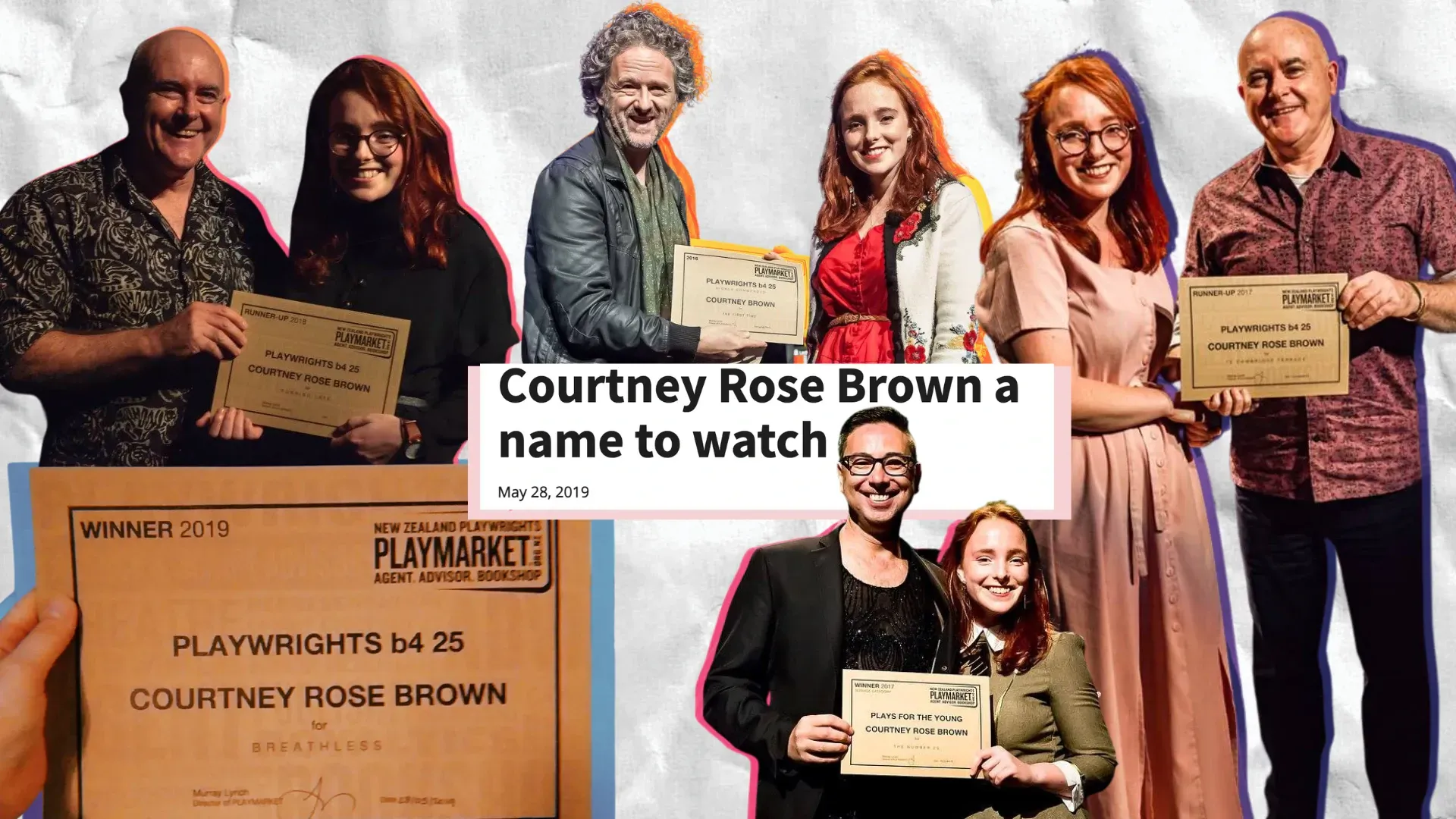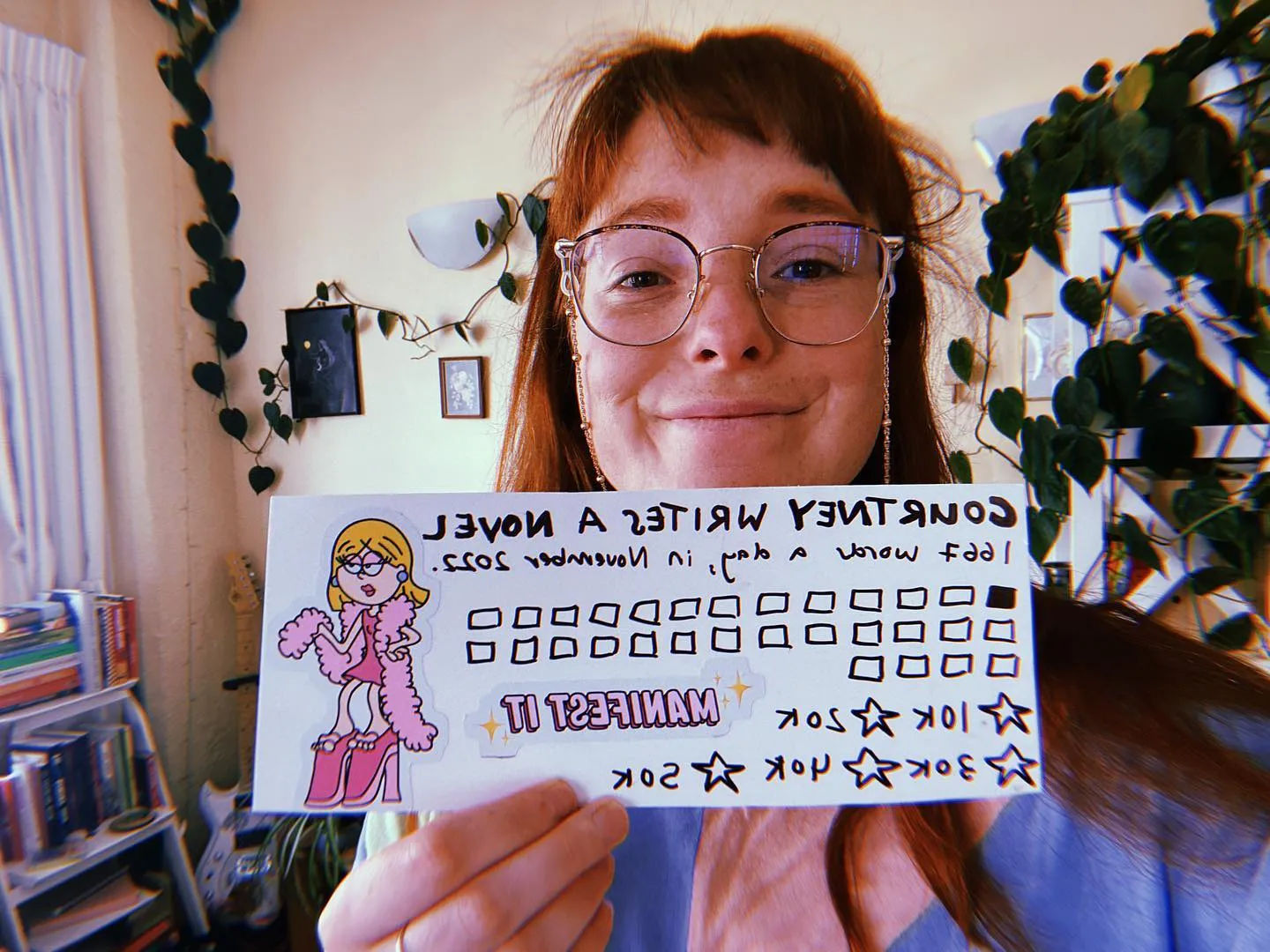How To Write A Novel In 30 Days (By Someone Who Has Never Done It Before)
Written by

In 2017, I did my Masters in script writing at IIML and my first show at a theatre had three seasons.
I not only wrote it but co-produced, publicised and acted in it - while working 20 hours a week. I also did this unmedicated, at a time when I definitely needed to be. I wrote a few plays in 2018 while working full time, and in 2019, a short film I wrote was filmed and I staged a new play.
This was incredibly tiring. I felt like I needed to keep up my momentum while working full time in a job that truly drained me.
I had the privilege of having talented humans in Auckland and Dunedin stage my work. I had students write about my work for NCEA. I was nominated for awards but I wasn’t happy - so I stepped away.
I was burnt out. It’s taken me a long time to find the joy in creating again.
Lockdown and traffic light systems were a huge relief for me, an excuse as to why I wasn’t creating. It can take about 5 years to recover from burnout. I don’t know if this is true, I just saw that on TikTok.
This year, I have done an incredibly hard thing, which is to dive head-first into the world of web development. In learning how to code, you unlock parts of your brain that you may not have used before, or forgot existed.
Work gave out all these mental health books which I thought was an awesome move, especially because I work in tech. A world that is known for its isolation, late hours and sleeping in the office. Here’s looking at the current state of things at Twitter.
I read The Mindful High Performer: Simple yet powerful shifts to recharge your mental health and perform at your best in work and life by Chelsea Pottenger earlier this year. I know - it’s a great, short and catchy title.
One thing I really took from the book was her suggestion of setting goals. Throughout this book, I found a way to wrap up my healing process.

Photo: Supplied.
Near the end of winter, I felt like I was ready to create again without tying a sense of self-worth with it. In September, I decided I was ready to start writing again - just for me, just for fun. It’s been a mix of journaling, poems and fiction. I’ve been writing every day for the past 30-something days. I’m rebuilding the habit and rediscovering the love. Since then, I feel like I’m starting to find the fun again in writing.
Chelsea suggested a great way to set goals. You may know the trend of it taking 21 days to form a habit. Well, she broke it down further with the understanding that yes, we all want little treats but these treats should be rewards for hitting certain milestones.
Essentially, you have to come up with a goal that you’d like to become a habit and make a plan to stick with it for 66 days.
66 days is a long time.
I can’t quite remember what the book says, so I recommend maybe looking into it a bit more (if it’s something that you’d like to look into further). But around day three is when you’re likely to give up, so that’s when you get a reward, which has to do something with your goal.
The next reward is on that 21-day mark, and around this time it’s when you’re thinking less about your routine - it’s just something that you do.
Then one reward on day 66, because that’s when the habit is fully locked in and likely something that you do without questioning. The gap between days 21 and 66 seemed too long for me so I added in a bonus reward on day 42 which wasn’t really related to my goal but I felt like I needed something else.
A couple of days before November began, I remembered there was the National Novel Writing Month (where you write a novel in November) and I thought, hey I’m already writing every day, I’m well past my twenty-first day, let’s do it!
While I was looking into the challenge - which is to write a 50,000-word novel in the month of November - I saw that you were meant to spend all of October planning what you were going to do. So I decided ‘ah well, I’ve missed that deadline, let’s just dive into it’ and I decided it would be fun to write a young adult novel.
They had a great little quiz to figure out what would be a good goal for word counts a day or a week depending on your schedule. I work as a web developer in a nine-to-five job, I knew it would be hard ‘cause A) I didn’t plan anything, B) working full time is tiring, and C) I loosely try to exercise and socialise but have limited energy. But I bought some nice card and vivids from Whitcoulls and made this chart, featuring cute stickers from RedBubble and my lifetime icon Lizzie McQuire.

Courtney and her card sheet. Photo: supplied.
The quiz said that I should aim for 1667 words a day. Which doesn’t really sound like that many until you sit down and start to write.
There’s something oddly satisfying about colouring in a square each day to mark off your progress. It’s giving ‘main character in a film that has a life purpose’.
Week one
Day one was exciting - an empty page full of possibilities.
I named my Google Doc, my novel and it makes me giggle every time I see it. The quiz I did suggested that I try the Pomodoro method, which has a few different forms. I decided to try the 25 minutes of working followed by a five-minute break, then repeat.
I was able to hit my goal before work and I felt great. I naively assumed that every other day of the week it would be the same, I’d be able to focus and smash out my word count.
It was not like that.
I wasn’t planning anything so sometimes, sitting at my keyboard, I felt a bit paralysed. But once I started writing, and when I would start having doubts, I would remind myself that nobody has to read this and I would get back into the flow again.
I found that each day I sat down and wrote I’d go through the same cycle - of ‘I don’t know what I’m doing’, ‘oh yes I do’, ‘oh no I don’t’, ‘yes I do’, ‘no I don’t’, ‘yes I do’ and then I would reach my goal.
I found a great little Chrome extension called ‘Word Counter Max for Google Docs’ where you can set your overall goal e.g. 50,000 words and then your session word count goal. This was a huge motivator because you could see your process for the day and for the month overall.
Then after reaching my goal, I could colour in my little box to cross off the day's work that I completed. It’s not really that complicated to do something to feel good about yourself, is it? Colouring in a little box makes me feel on top of the world.
I knew starting this journey would be a bit risky because I was on week two of not being on antidepressants. I know the ones I’m on don’t really have a bad coming-off period, but as I’ve been on them for six years, I wasn’t 100% sure how I would respond.
My mood towards writing would go very up and down. One thing that happens when I set myself a writing goal, is all of a sudden the house is suddenly very clean.
I played with writing at least a few hundred words in the morning so that the task wasn’t so huge coming home from work. There were a few days that I couldn’t bring myself to get up early enough to write before work, and it did make it a lot harder to reach the word count.
Some days I’d procrastinate and when I finally sat down to write, it would just come out of me - but it would be 10pm when I began.
On Sunday, I booked a room at Toi Poneke and did a basic plan to set me up for the coming week and hit my 10K word target.
The Big Idea will be following Courtney's progress through November - stay tuned for the next installment...

